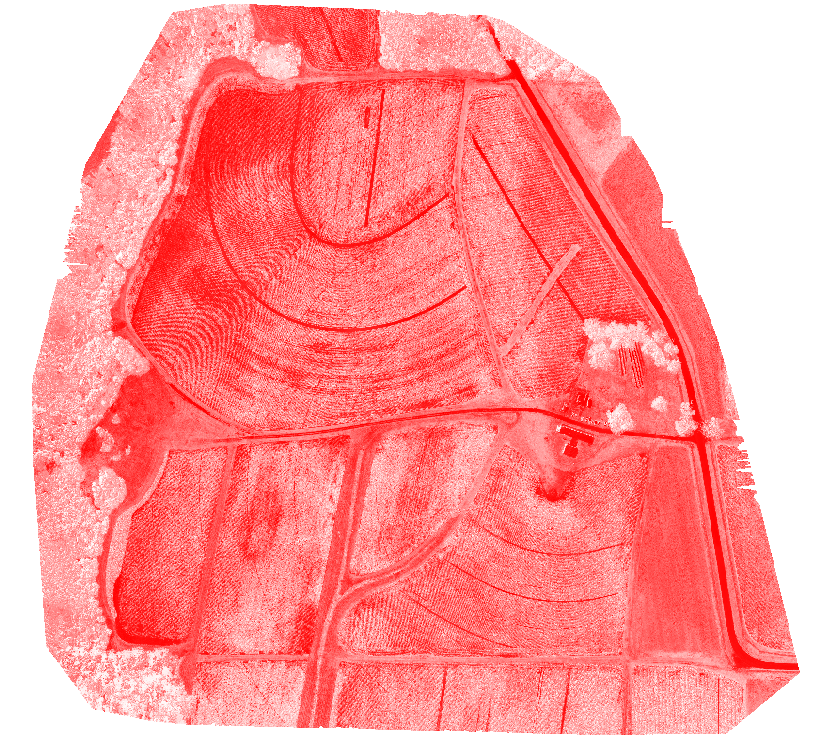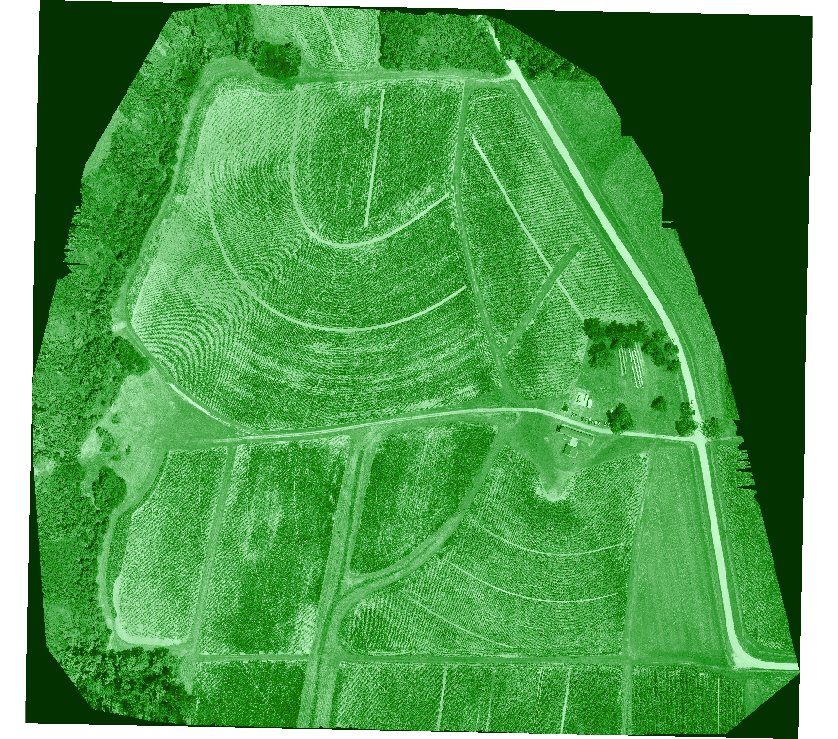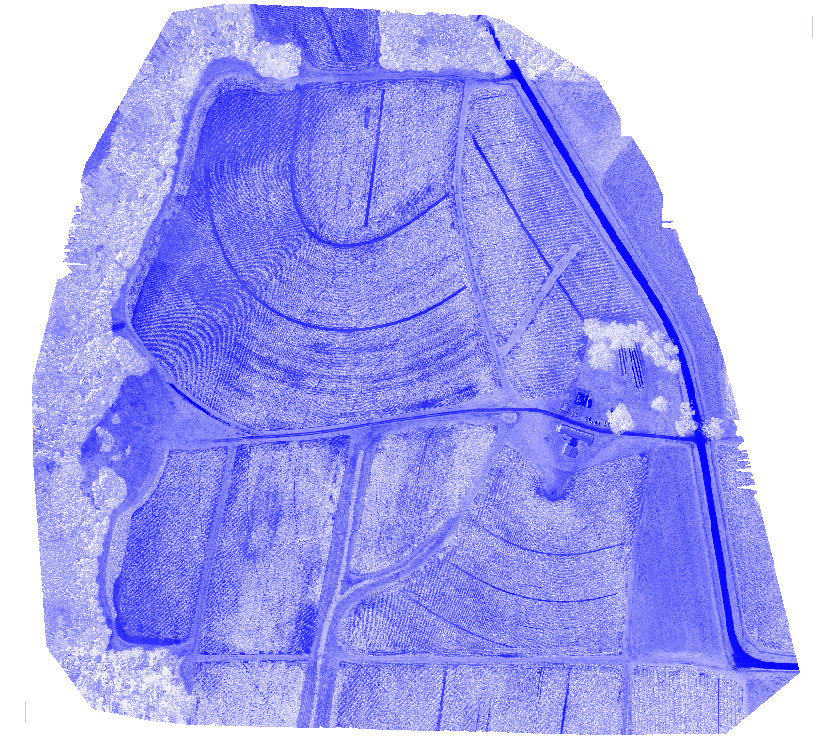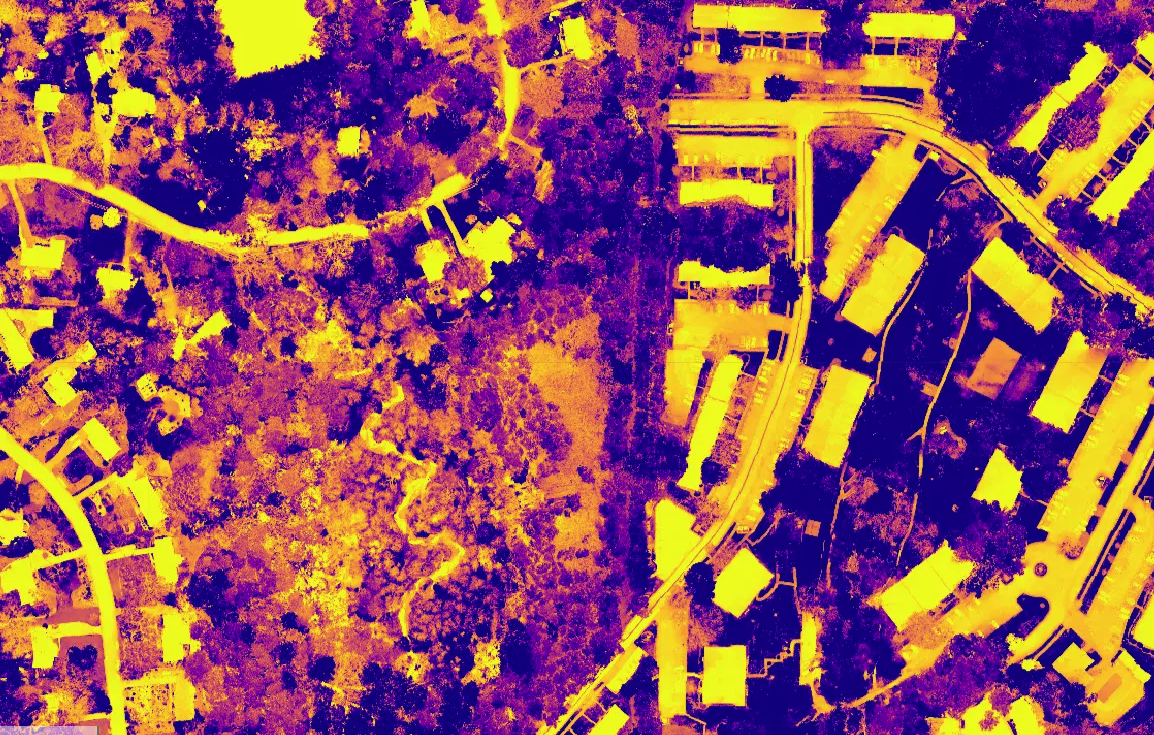Classification methods for UAS data
Center for Geospatial Analytics at North Carolina State University
Corey White
Outline
- Pixel, Object, Image Classification
- Supervised vs Unsupervised learning
- Segmentation
- Feature Extraction
- Model Selection and Validation
- Real-time UAS analysis
What is image classification?
- Labling images with sematic lables
Car, house, lake, tree, forest, etc..
Image classification applications
- Land cover/land use classifcation
- Flood detection
- Species Identifcation
- Surveillance
- Object Tracking
UAS Data Characteristics
- High spatial resolution (1–10 cm)
- Limited spectral bands (RGB or multispectral)
- High within-class variability
- Shadows, BRDF effects, and illumination differences
Types of classification
Pixel-based classification
Each pixel is given a semantic label
Object-based classification
The image is segmented into objects (groups of pixels) and the objects are classified
Semantic Scene classification
The entire image is classified into a semantic scene
Machine Learning Methods
- Supervised Learning
- Unsupervised Learning
- Deep Learning
Supervised Learning
Labeled features are used to train ML model
May require significant amount of training data.
Subject to the nonstationarity nature of spatial-temporal data
Random Forest, Gradient Boot, SVM
Unsupervised Learning
Data is classified through statistical modeling.
No training data is required
Classes are not defined and require interpretation
k-means, ISODATA
Deep Learning
- Artificial Neural Network (ANN)
- Convolutional Neural Network (CNN)
- Deep Neural Networks (UNET, )
Spectral Properties
- Every surface has a unique spectral reflectance curve
- UAS sensors capture reflected light in discrete bands:
- Red, Green, Blue (visible)
- NIR (if multispectral)
- Thermal
- etc..
- Used to derive spectral indices for classification
Spectral Bands
RGB



Common Spectral Indices
| Index | Formula | Purpose |
|---|---|---|
| NDVI | (NIR - Red) / (NIR + Red) | Vegetation health |
| VARI | (G - R) / (G + R - B) | Green vegetation from RGB |
| NDWI | (G - NIR) / (G + NIR) | Water detection |
| NDBI | (SWIR - NIR) / (SWIR + NIR) | Built-up detection |
Feature Engineering
- Normalized Indices
- NDVI, NDWI, VARI, etc..
- Low and High Pass Filters
- Low Pass - Smoothing Kernal
- High Pass - Edge Detection
- Textural features
- Grey level co-occurrence matrix (GLCM)
- Angular Second Moment
- Contrast
- Correlation
- Grey level co-occurrence matrix (GLCM)
- Geometric Characteristics
- Principal component analysis (PCA)
 \[
VARI = \frac{(Green - Red)}{(Green + Red - Blue)}
\]
\[
VARI = \frac{(Green - Red)}{(Green + Red - Blue)}
\]
Sampling Methods
- Random Sample
- Sample the entire spatial extent \(n\) number of locations
- Cluster Sampling
- Sample by different clusters
- Stratified Random Sample
- Sample by different classes (e.g. Developed, Undeveloped)
Training a model
- Break data into training and testing dataset 80/20
- Avoid overfitting data
- May require a large volume of data
Classification Results

Model Validation
Confusion Matrix
| Reference Predicted | Forest | Water | Urban | Agriculture | User’s Accuracy (%) |
|---|---|---|---|---|---|
| Forest | 50 | 2 | 3 | 0 | 90.9 |
| Water | 1 | 45 | 0 | 4 | 88.2 |
| Urban | 2 | 1 | 40 | 7 | 80.0 |
| Agriculture | 0 | 3 | 5 | 42 | 85.7 |
| Producer’s Accuracy (%) | 94.3 | 86.5 | 83.3 | 79.2 |
- \(Overall\ Accuarcy = \frac{Correctly\ classified\ samples}{Total\ samples}\)
- Kappa coefficient (Cohen’s Kappa): inter-rater agreement
Challenges
- Handling multiple spatial scales
- Nonstationarity
- Processing/Training